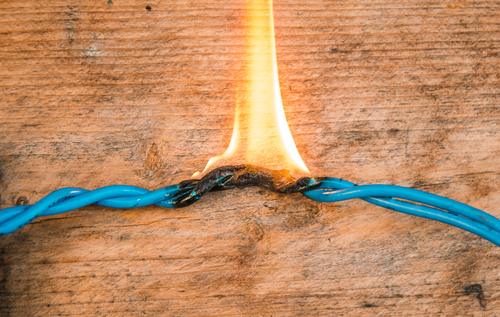
When a product – whether new or old – causes you a personal injury, you might understandably be confused about how it was allowed to happen.
The UK was recently made aware of just how dangerous faulty products can be. When the new year began, Whirlpool began a nationwide recall of washing machines that had been found to be a fire risk.
This is a particularly worrying form of product fault as it can cause physical harm as well as potentially completely destroy a property and all possessions inside it.
So if you’ve been the victim of a faulty or defective product accident, what should you do?
Injuries after these accidents
As there are so many ways a product can malfunction, there are many ways you might be injured in such an accident.
The types of injury you might suffer include:
- Electrical shocks or burns from defective electronic items
- Rashes or scratches from fabrics, including furniture
- Faulty prosthetics and hip replacements that break easily
- Skin irritations or rashes from faulty cosmetics
- Falls or other injuries from defective sporting equipment, such as treadmills
- Injuries from defects in cars, such as faulty brakes
- Illness caused by contaminated or poisoned food
Who is responsible?
In the majority of cases, the responsibility for a faulty product injury lies with the manufacturer. They are responsible for ensuring that every item they produce works effectively and safely. If they have not done so and a product is then found to cause harm to a person or to their property, this could show neglect on the part of the manufacturer.
If they do discover that one of their products has a fault, manufacturers are legally required to notify consumers of it, as well as recall any items that have been sold. Therefore, if a manufacturer does not issue a recall, despite being aware of an existing fault, they could be liable for any damage and harm caused.
In some cases, you may be required to prove that your item caused an injury. This is particularly true when something has only revealed itself to be faulty after six months or more. You will have to show that it was not misuse or accidental damage that caused the fault.
What to do
If you’ve been the victim of a defective item injury, you could find yourself out of pocket. This could be the result of damage caused to your other property, including clothing, as well as the medical treatment you may need. And in many cases, this can run up large bills, particularly if you need private or ongoing treatment to recover.
The Consumer Protection Act 1987 allows people who have suffered an injury as a result of a defective item to recover compensation. This can cover the suffering you experienced through sustaining an injury and any other losses you sustain, such as replacing or repairing damaged property.
This is why it is important to keep any receipts from purchases you make. This can help to form the evidence for any legal action you take against the manufacturer responsible. Keep any other documentation that comes with the product. This can help to prove that the manufacturer did not make you aware of any fault.
As soon as you discover the fault, it is important to report it to both the manufacturer and retailer. The length of time you have owned the product will dictate their course of action – whether that’s a refund or a replacement.
However, if they do not acknowledge your complaint or refuse to accept their liability, this could mean that it’s time to seek out the services of a qualified personal injury solicitor.
Image copyright: Markik